Try a Little Tenderness: The Tejupan Connection
Artists all belong to the same tribe, it often seems; heres a story of how artists here are working with an artist in Oaxaca to build an art center there. Read on to discover how you can participate.
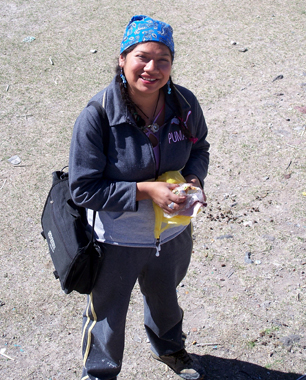


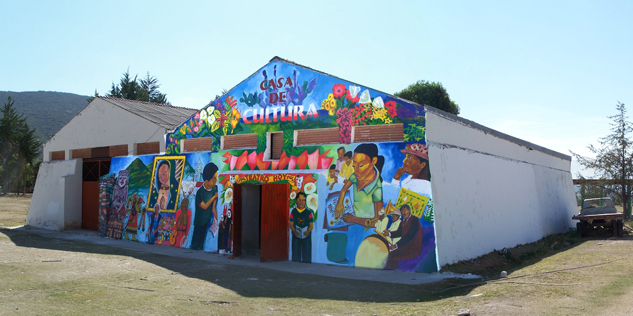
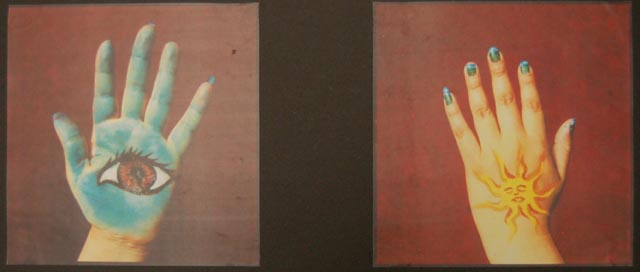
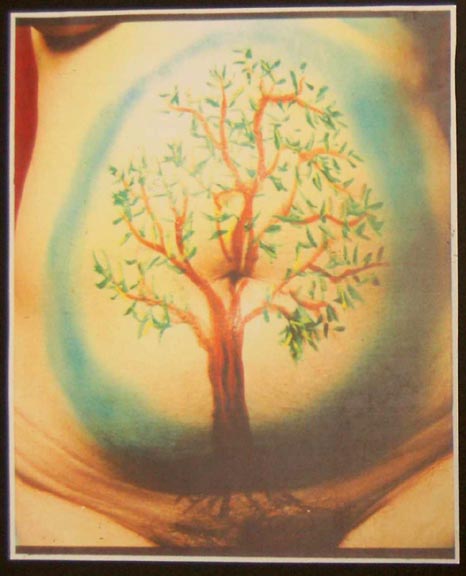
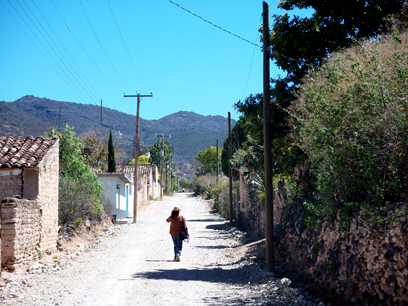
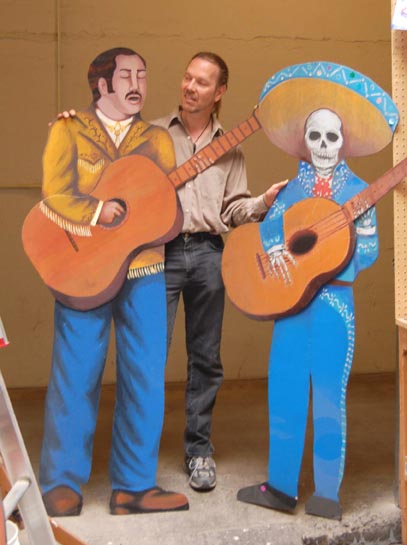
Tejupan (te-HOOP-an) is a little town, a couple of thousand people, miles from anywhere but on a crossroads. The town first appeared on maps in 1579, and is in the mountainous Mixtec region of southern Oaxaca. Tejupan is getting a Casa de Cultura—an arts center—because of Patricia Mendoza, a number of the people of the town, and painter Jim Grafsgaard of Minneapolis.
The story of the Casa de Cultura is also in part the story of Patricia and her family. Her parents grew up in Tejupan, but went to Mexico City to work. They kept a house in the village, though, and Patricia’s father in particular liked to return there, to garden and live the country life. He felt that that was the real life, the real place, and wanted his children to experience it. He is dead now, but family members remain in Tejupan, and Patricia lives there as well.
She attended university in Mexico City and got an art degree, and has traveled and worked in Europe and the US. She was here in Minneapolis for almost 5 years, working at ArTrujillo and showing in the Day of the Dead shows at the Minneapolis Institute of Arts. She created projects with Heart of the Beast Theater, CreArte, the Minnesota History Museum; taught workshops in little towns and inner-city schools; organized theatrical productions on the traditional theme of the Pasarela that addressed the journeys of border-crossers. Her energetic advocacy for common people led her to create murals, plays, and sculptures that embodied her sense of ethics and beauty.
Jim Grafsgaard got to know her in those days, soon after ArTrujillo was founded by Alejandro Trujillo on East Lake Street as a club, a studio, a gallery, a center for anyone who wanted to make art. Jim did PR for the place and made artwork there as well. When Patricia came and wanted to do her immense skeleton-on-a-chair sculpture, Alejandro found the materials she needed and rounded up some helpers; Jim watched that work and others take shape. They became friends.
Eventually, when Patricia returned to her hometown of Tejupan, Jim visited her there and got interested in her take on ArTrujillo in rural Mexico. There are Casas de Cultura all over Mexico; they’re usually state-sponsored, a town can get grant money to create and maintain them. They are often all about preserving the traditional art forms of the area. They’re also often under the control of the officials of the town, not the terrain of unfettered artists who have plans like stargazing and cactus arboretums and conceptual art and environmental education and photography, all things that Patricia would like the Casa to be able to do. Patricia would like the Casa to provide a vision for a more open and progressive way of life for the town of Tejupan—without departing from its roots.
Jim says, of Patricia’s plans for an expanded idea of artmaking, “It’s not just producing the objects—it’s what are you producing in people’s hearts, how are you helping them know their power? Especially for women. She really sees [the Casa] as a model of encouraging a more progressive vision in the town. Say, there are three rivers that run through it, and they’re polluted . . . the Casa could teach about water quality and work on creative ideas on how to clean the rivers up.”
Jim also notes that in small communities, sometimes one person can make an immense difference. He tells the story of a high-school kid in Tejupan who wanted to go to school in a bigger town, and of how his teacher pleaded with him to stay, because if he didn’t, the school might have to close. It’s a small place where each person’s presence matters. Patricia also knows that she can provide a conduit for ideas and plans that wouldn’t be likely to happen otherwise.
So how can Patricia Mendoza retain control of the destiny of the Casa de Cultura, and remain independent of local politics and politicians, who control the funds that the government supplies for the project? Only by finding other sources of money to finish supplying and outfitting the Casa. Right now, it’s a handsome building, previously used for agricultural storage, with some great murals–but it needs electricity, water, furnishings, art supplies. Where will the money come from?
That’s where Minneapolis comes in. She lived here for five years, and made many good friends, impressing them with her creativity and drive. Those friends now have organized a benefit to raise funds for the Casa de Cultura.
The benefit is called “Tu Casa es Mi Casa” (Your House Is My House). Jim Grafsgaard is the primary organizer of the event, which will rock Gallery 13 on Saturday, May 12. He’s collecting artworks to sell to benefit the Casa; donations are also appreciated. The fundraiser will have dancing, live music, art demos, food, surprises, and whatever else it takes.
“Minnesota artists with ties to Latin America have been very supportive of this event,” says Grafsgaard. “Gustavo Lira and Douglas Padilla, Xavier Tavera, Alexa Horochowski and other members of the Soap del Corazon collective, for example—because they know Patricia Mendoza as a fellow artist from her years working in the Twin Cities. They know the energy and vision she brought to her work . . . and want her to have the same success working in her hometown.”
So, Minnesota artists, show up for one of our own, and spread a little green for the sake of art’s power for change. Chances are good you’ll have a great time doing it.
Gallery 13 is located on 13th Avenue NE in Minneapolis, one block west of University Avenue and two blocks north of Broadway St. NE. To donate or participate contact Jim Grafsgaard at 612-423-0141, or email him at jimgrafsgaard@yahoo.com.